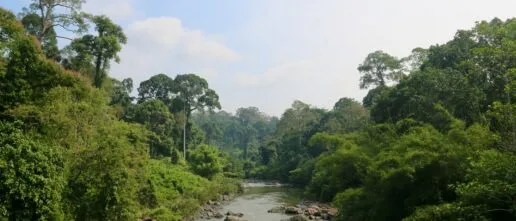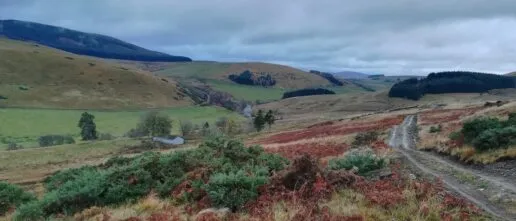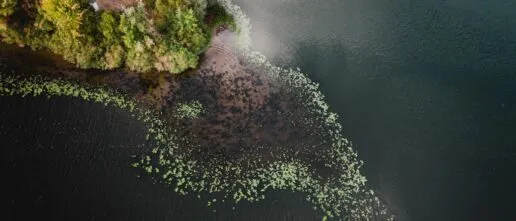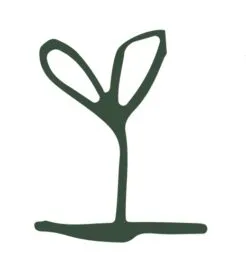I am a community ecologist interested in biodiversity loss and its consequences for the stability and functioning of ecosystems and the provision of ecological services. I currently work mainly in grassland and forest ecosystems. I am scientific leader of the Sabah Biodiversity Experiment in Borneo where we examine the impact of enrichment planting on forest regeneration after logging. I am part of the new NERC thematic programme: Human-modified tropical forests, which includes the SAFE project that investigates the effects of forest fragmentation on biodiversity. On the grassland side I am part of the Nutrient Network, a global co-operative program to understand how nitrogen enrichment impacts biodiversity in grasslands. I also have a sideline in ecological statistical analysis.
Related News Articles

Replanting logged forests with diverse mixtures of seedlings accelerates restoration
Satellite observations of one of the world’s biggest ecological experiments on the island of Borneo have revealed that replanting logged forests with diverse mixtures of seedlings can significantly accelerate their recovery.

Nature benefits when logged tropical forests are left to recover – here’s how
In parts of the tropics like the island of Borneo, the pace of environmental change has been dramatic. Not long ago, the forests that covered most of the island were largely intact. But in recent decades, the scale of logging has intensified, and more areas of harvested forest have been converted to farmland. In Borneo, […]
Related Projects

Tropical forest research
The rainforests of Southeast Asia are rapidly disappearing. And with the trees goes the service they provide. A forest is a water reservoir, it acts against drought and it is a source and a sink for carbon. That's why ecologists came onto the scene.

Expanding native forest in Scotland: small-scale mechanisms, landscape-scale responses
Experimental and landscape-scale data collection to understand above and belowground drivers of and responses to native forest expansion in the Scottish Highlands

Bunloit and Beldorney
Exploring the ecological and social dimensions of nature recovery.
Related Outputs
Tropical forests post-logging are a persistent net carbon source to the atmosphere
Carbon sources and sinks in recovering logged forests Are recovering logged forests a carbon sink due to increased tree growth rates or a carbon source due to carbon losses from soil organic matter and deadwood? Our research shows that sources outweigh sinks for at least the first decade after logging.
Positive effects of tree diversity on tropical forest restoration in a field-scale experiment
Experiments under controlled conditions have established that ecosystem functioning is generally positively related to levels of biodiversity, but it is unclear how widespread these effects are in real-world settings and whether they can be harnessed for ecosystem restoration. We used remote-sensing data from the first decade of a long-term, field-scale tropical restoration experiment initiated in […]
Positive effects of tree diversity on tropical forest restoration in a field-scale experiment
Active restoration of selectively logged forest The dipterocarp trees that dominate the lowland forests of Southeast Asia have traits that mean they may be slow to naturally recover from selective-logging and other disturbances. Can active restoration techniques accelerate forest recovery? Our research uses the experimental treatments of Sabah Biodiversity Experiment to assess the effectiveness of […]
Tropical forest clearance impacts biodiversity and function, whereas logging changes structure
The natural value of recovering selectively logged forests Large areas of forest in Borneo have been selectively logged and are now undergoing recovery – how do these selectively logged forests differ from their undisturbed old growth counterparts and what are the consequences if they are converted to oil palm plantation?




